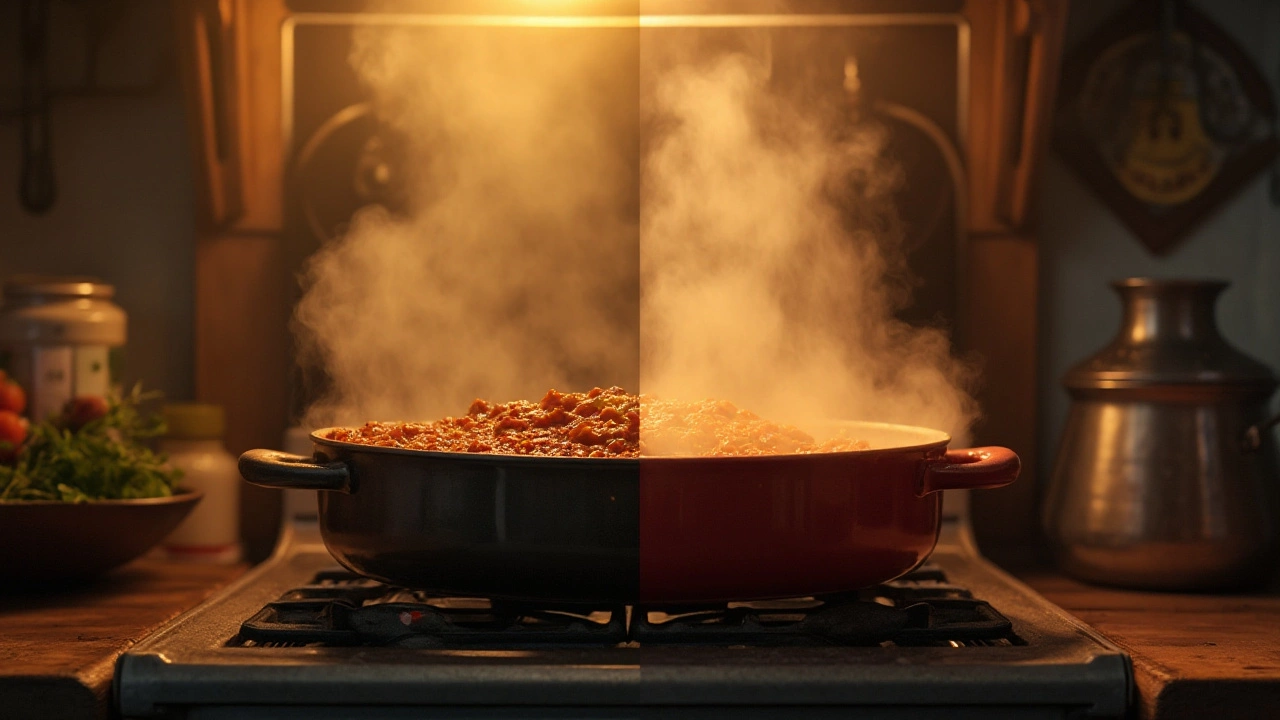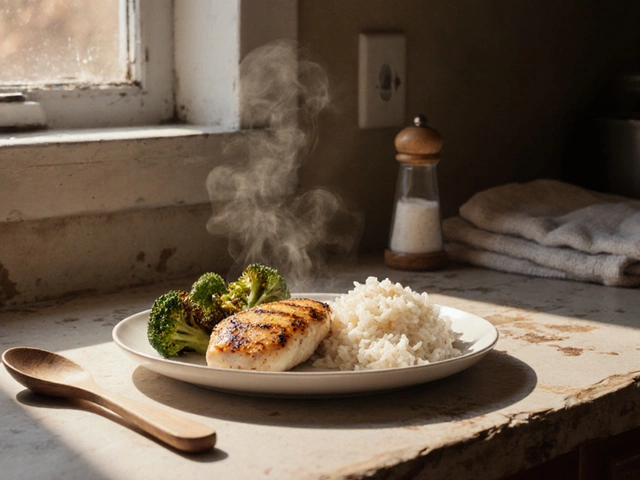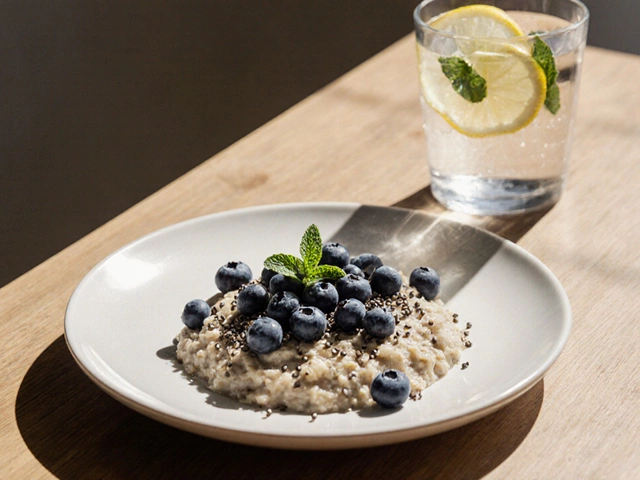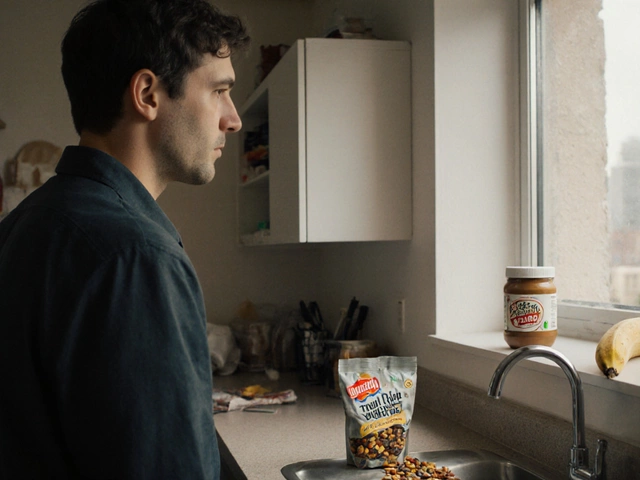Spaghetti Sauce – Quick and Delicious Homemade Recipes
If you love pasta, you know a good sauce makes all the difference. The best part is you don’t need a chef’s hat or fancy tools to create a flavor‑packed sauce at home. All you need are a few pantry staples, a pot, and a little patience. In this guide I’ll walk you through the basics, share a classic tomato version, and give you a couple of shortcuts for when you’re short on time.
Classic Tomato Spaghetti Sauce
The classic tomato sauce is the backbone of many Italian dishes. Start with a tablespoon of olive oil in a medium saucepan. Add a diced onion and a couple of minced garlic cloves – stir until they turn soft and fragrant, about three minutes. Then pour in a can of crushed tomatoes (or fresh tomatoes peeled and blended). Bring the mixture to a gentle boil, then drop the heat and let it simmer for 15‑20 minutes. While it simmers, toss in a pinch of salt, a dash of black pepper, and a teaspoon of dried oregano. If you like a hint of sweetness, add a pinch of sugar. Taste and adjust seasoning, then stir in a handful of fresh basil leaves just before serving. The result is a bright, tangy sauce that clings to any pasta shape.
Creative Twists and Quick Fixes
Sometimes you want something more than plain tomato, or you need a sauce in under ten minutes. Here are two fast ideas. First, for a creamy twist, finish the simmered tomato sauce with a splash of heavy cream or a dollop of plain yogurt. The cream softens the acidity and adds a silky texture. Second, if you have leftover veggies – think bell peppers, mushrooms, or even spinach – sauté them with the onions and garlic before adding the tomatoes. This boosts flavor and adds nutrition without extra steps. For a truly quick version, blend a jar of store‑bought marinara with a spoonful of pesto; the herbs and nuts in the pesto lift the sauce instantly.
One mistake many home cooks make is cooking the sauce on high heat. High heat can scorch the tomatoes and give the sauce a bitter taste. Keep it low and steady; the slow bubble brings out depth without burning. Also, don’t skip the rest period. Letting the sauce sit for a few minutes off the heat lets the flavors meld together.
Now that you have the basics, feel free to experiment. Add a splash of red wine for richness, sprinkle in chili flakes for heat, or mix in grated Parmesan for a salty bite. The sauce is versatile – use it on spaghetti, toss it with penne and roasted veggies, or spoon it over meatballs. The only limit is what’s in your pantry and how adventurous you feel.
Ready to try it out? Grab a pot, follow the steps, and you’ll have a tasty spaghetti sauce ready in under half an hour. It’s cheap, easy, and way better than the boxed stuff. Serve it hot, enjoy a big bowl of pasta, and feel good knowing you made it yourself. Happy cooking!

Simmering Spaghetti Sauce: Lid On or Off?
by Landon Weathers / 31 Jan 2025The debate between simmering spaghetti sauce with the lid on or off can greatly influence the final taste and texture. Each method has its purposes, with lid on trapping moisture and flavors, while lid off reduces and thickens the sauce. This article will explore both techniques, offering tips to enhance your sauce-making process. Perfecting your simmering strategy can elevate your pasta dishes to new culinary heights.




